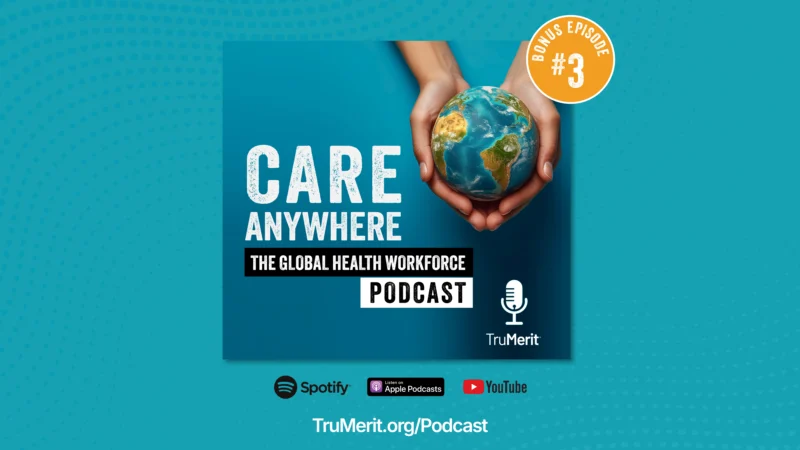The Best Place to Recover from Workplace Injury is at Work, with Peter Greaney of WorkCare
The average workplace injury lasts for eight days, but a lot of people who would self-manage and continue their activities at home will take the maximum time off from work, which may be more detrimental to them. If out for longer than 12 weeks, 25 percent of workers will not return. Not only are they burdened, but the business can be as well with interim costs of a new hire, lost work, etc.
On today’s podcast, MarketScale host Daniel Litwin speaks with Dr. Peter Greaney, executive chairman and chief medical officer of WorkCare, a company that builds constructive partnerships with the medical community, business clients, and their employees. Their goal is to educate the workforce about preventable conditions and safety challenges as well as overall employee health and quality of life.
Greaney had always been interested in prevention and had always been the kind of doctor to go the extra mile, reminding people to take their medicine or stop smoking. To his confusion, though, people kept coming back to him with the same problems, and eventually decided he wanted to have a more direct hand in bringing innovation to preventative rather than reactive medicine. Now he works with WorkCare in occupational medicine to keep people healthier at work, to prevent injury for the employed population, and more importantly, to get people back to work after an injury, which he says is often the overlooked and yet most important piece of the puzzle.
A lot of companies might overreact to injury, paying for an employee’s medication and giving them extensive time off. To Greaney, this is one of the worst things that can be done to encourage recovery. Not only does it cost the company a pretty penny, he says when people are out of work, a negative domino effect follows suit. Work and health are linked, and keeping people at work is fundamental to their income, their self-esteem, and depression levels.
For more information about the effects of workplace injuries and how they can be better managed, give this podcast with Dr. Greaney a listen.
For the latest news, videos, and podcasts in the Healthcare Industry, be sure to subscribe to our industry publication.
Follow us on social media for the latest updates in B2B!
Twitter – @HealthMKSL
Facebook – facebook.com/marketscale
LinkedIn – linkedin.com/company/marketscale








